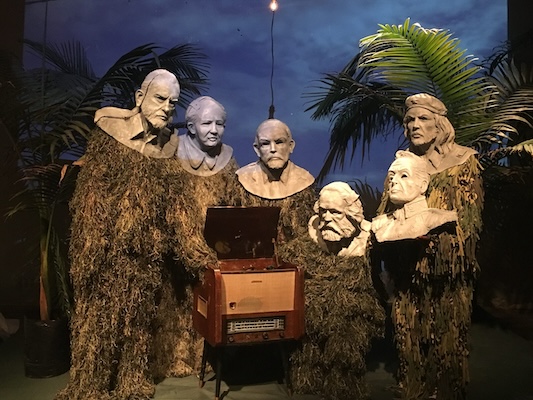The empty stage was understood as the place for the actor’s appearance at a time when appearing was a condition of acting. Presence, and not emptiness, constituted the central value in the conception of artistic theatricality. And the value of the presence was accentuated in the mid-twentieth century as a guarantee of authenticity and ethical or political implication. However, at the beginning of the 21st century, absence or disappearance were considered as a choice, even a necessity, by some performance artists. It was sometimes about resisting the transparency of images, which falsely represents reality and perversely builds desire; in others, about responding to the forced disappearance of bodies in a reality whose opacity challenges any claim to transparency.

This text proposes, by way of assembly, a series of thoughts and images in which political theory and performance practice are put in dialogue to discuss the paradoxes that result from the crossing of these two modes of disappearance: an active disappearing, considered as resistance tactics, and a forced disappearance, the result of the violent denial of individuality, name, life and memory. The praise of appearance in Hannah Arendt’s political thought clashes with the policy of forced disappearance practiced in Mexico and other Latin American countries. The text points out first the work of some artists that aesthetically focus on absence and disappearance, such as Heiner Goebbels, La Ribot and Cuqui Jerez; and analyzes then works of other artists, such as Rabih Mroué and Lina Majdalanie or Rolf and Heidi Abderhalden (Mapa Teatro), who explicitly resort to voluntary absence to reveal circumstances or places of disappearance.
José A. Sánchez (2019) Presence and Disappearance, Performance Research, 24:7, 6-15. ISSN: 1352-8165 (print) /1469-9990 (online). DOI: 10.1080/13528165.2019.1717858
Performance Research Journal, vol. 24, issue 7: On Disappearance, edited by Esther Belvis Pons & José A. Sánchez